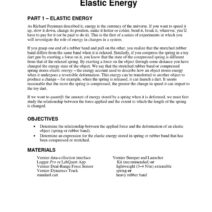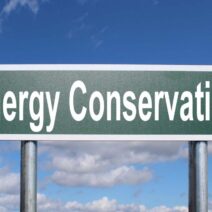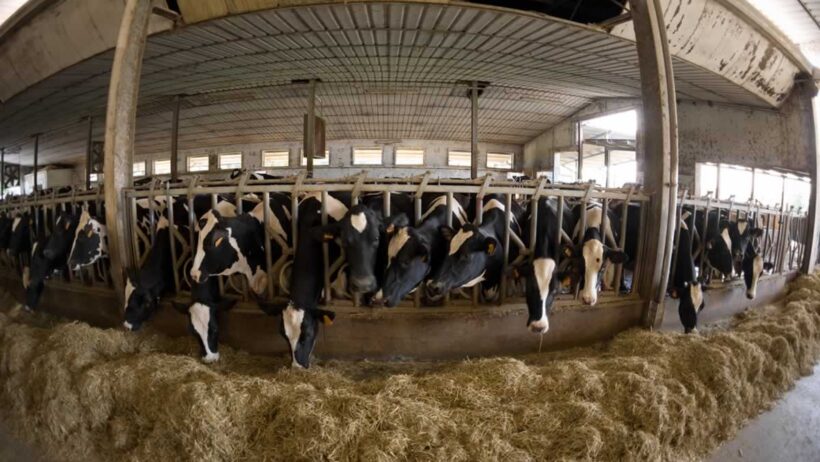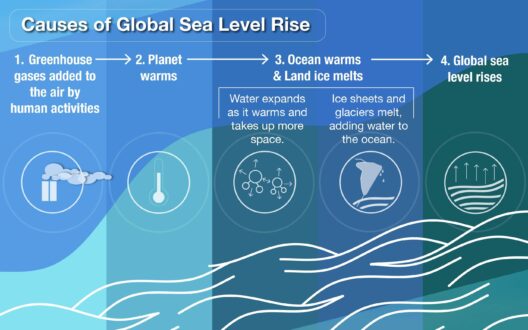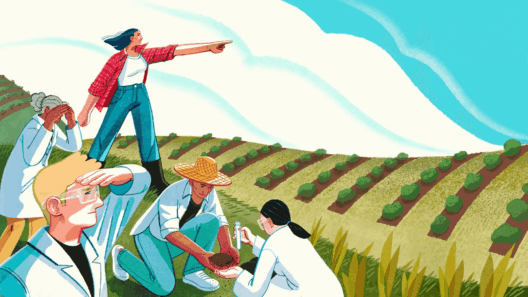Animal agriculture is a linchpin in the discourse surrounding climate change, stirring heated debates among environmentalists, policymakers, and the general populace alike. This complex issue encompasses a multitude of factors, including greenhouse gas emissions, deforestation, and biodiversity loss. A critical examination of animal agriculture reveals not only its impact on global warming but also the multifaceted nature of these effects.
To grasp the enormity of the situation, it’s essential to begin with an understanding of greenhouse gases (GHGs). Carbon dioxide (CO2) is often at the forefront of discussions, but methane (CH4) and nitrous oxide (N2O) warrant attention due to their significantly higher global warming potential. The livestock sector is notably responsible for a substantial portion of these emissions. For instance, methane produced during enteric fermentation in ruminants—such as cows and sheep—holds a potency approximately 28 times greater than carbon dioxide over a 100-year period. This reality presents a daunting challenge to climate targets aimed at curbing global temperatures.
Moreover, the statistics are telling. According to myriad studies, approximately 14.5% of all anthropogenic greenhouse gases can be attributed to animal agriculture. This figure exceeds emissions from the entire transportation sector, shedding light on a less acknowledged contributor to climate change. When coupled with the industrial practices often found in livestock production—such as the use of feedlots and the over-reliance on fossil fuels for the transport and processing of meat—the environmental ramifications become even more pronounced.
However, to fully appreciate the issue, it is vital to delve deeper beyond the mere figures. The connection between animal agriculture and deforestation is especially critical. Globally, vast expanses of forest are cleared to accommodate pastureland or to cultivate animal feed, including soy and corn. This not only obliterates biodiversity but also curtails the planet’s capacity to sequester carbon. One cannot ignore the role of forests as a natural ally in our fight against climate change; their destruction releases the carbon stored within, further aggravating global warming.
Water consumption also plays a pivotal role in the ecological footprint of animal agriculture. The livestock sector is an insatiable consumer of freshwater resources. To produce just one kilogram of beef, it is estimated that an astonishing 15,000 liters of water are required. This figure transcends simple arithmetic; it embodies the water scarcity crisis that is becoming perilously prevalent in many parts of the globe. Such inefficiencies not only strain water resources but also present ethical dilemmas regarding sustainability and food security.
Interestingly, a shift towards plant-based diets has emerged as a potential remedy to mitigate these planetary concerns. Numerous studies and expert opinions advocate for a dietary revolution, suggesting that plant-based consumption could drastically reduce humanity’s carbon footprint. With fewer resources required for cultivation and processing, such a shift could translate to diminished emissions, improved land use, and enhanced energy efficiency within the food system.
The nexus between climate change and animal agriculture raises questions about societal norms and practices rooted in culinary culture. Cultural acceptance of meat consumption has been deeply ingrained, posing a formidable challenge to such dietary shifts. However, new paradigms in consumer behavior emerge daily, driven by increasing awareness of climate impacts. People are increasingly questioning the sustainability of their food choices, paving the way for a generation more conscious of their dietary impacts.
Beyond dietary changes, technological innovations could herald a new era. Advances in agricultural practices, including feed additives meant to reduce methane emissions and innovations in synthetic meat production, offer glimmers of hope. These methodologies have the potential to revolutionize the sector, supporting both food production and environmental stewardship. Nevertheless, it remains imperative that such solutions are implemented thoughtfully and with a holistic view of ecological integrity.
Furthermore, one must consider the economic implications of transitioning from traditional animal agriculture to more sustainable practices. While there are significant upfront costs associated with adopting innovative technologies and sustainable practices, the long-term benefits could outweigh these initial challenges. Creating a circular economy within agriculture might offer sustainable job creation and economic resilience, crucial for regions heavily reliant on livestock production.
Legislation and policy play an integral role in steering the course of change within animal agriculture. Governments worldwide must engage with this critical nexus, setting emissions targets and incentivizing sustainable practices. Much like the movement toward renewable energy sources, a proactive approach to reforming agricultural policies can serve as a catalyst for significant transformation.
In conclusion, the question posed—does animal agriculture really contribute to global warming?—is answered resoundingly in the affirmative. Its multifaceted impacts echo through the fabric of our ecosystems, economies, and societies. However, with knowledge comes the promise of transformation. The discourse surrounding animal agriculture elucidates a path forward—one where curiosity breeds innovation, cultural paradigms shift, and sustainable practices reign supreme. Emphasizing awareness and action, society can harness the potential to address one of today’s gravest environmental challenges, charting a course toward a more sustainable and harmonious future.
